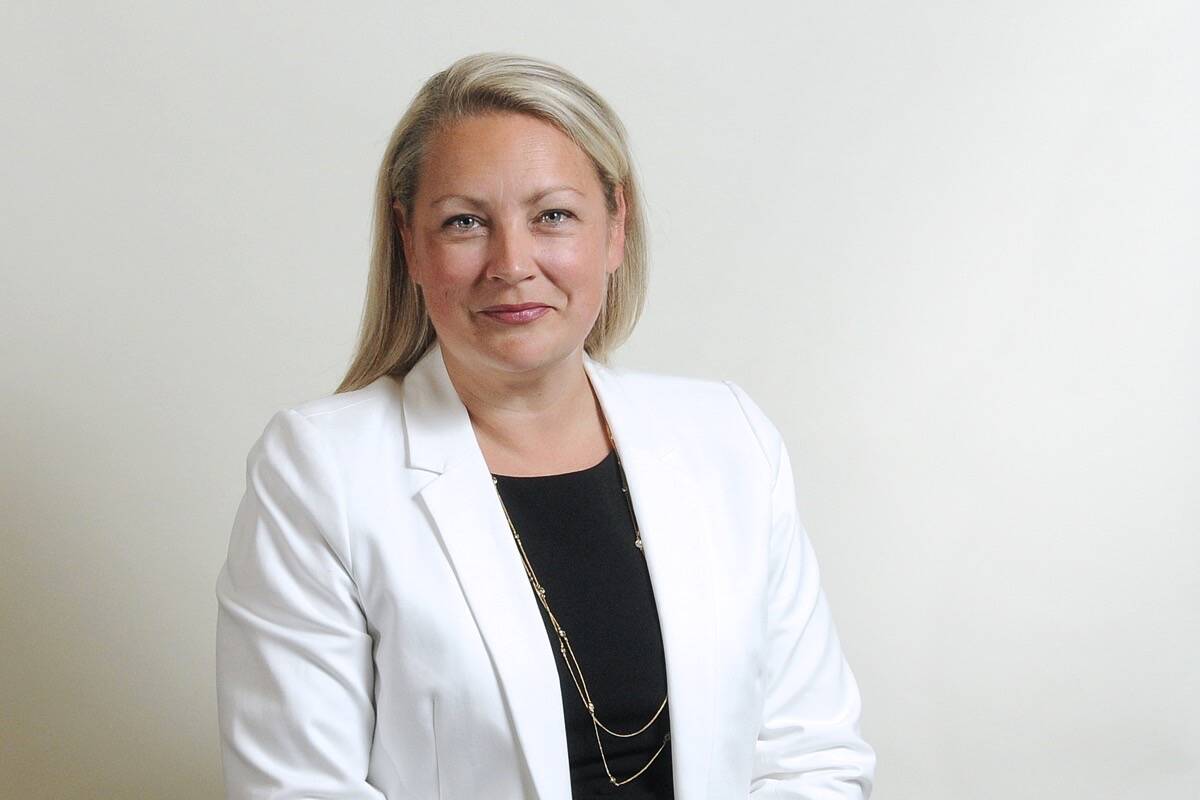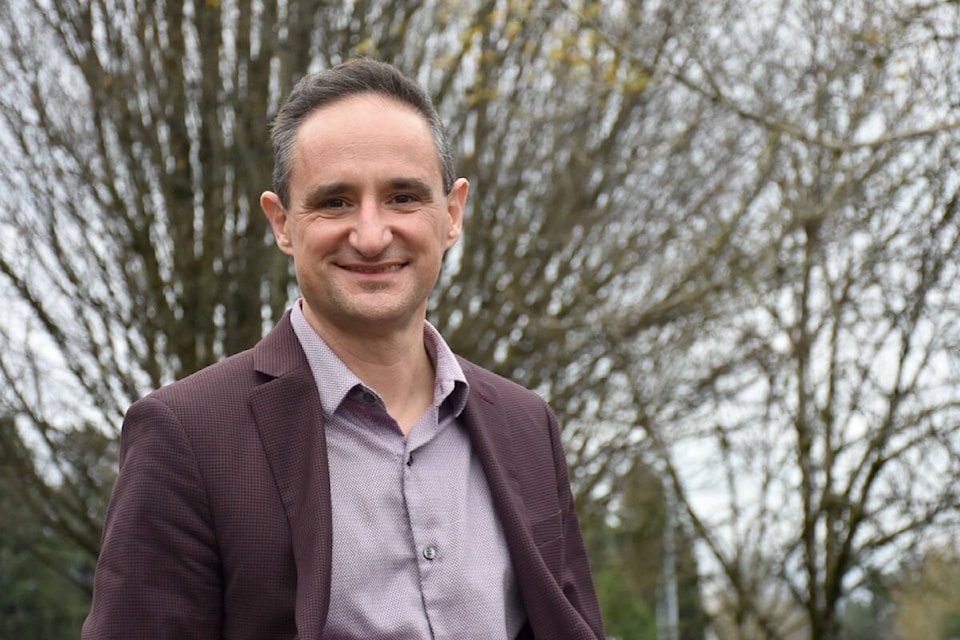When Jovo Bikic thinks about the future of education, creating inclusive classrooms for all students to learn in is a major piece of the pie.
The SD42 assistant superintendent along with district educators and researchers have been been expanding on the creation of inclusive classrooms for the past five years and would like to see it put into action in more classrooms across the community.
“We all live in a society where we have diversity. When we create classrooms that are inclusive, we are creating societies that are inclusive,” said Bikic.
They have been working on a teams model approach to education that includes the principles of equity, diversity and inclusion, and collaboration.
Bikic is quick to point out that school teams is a smaller piece of the whole picture. What is really important, he remarked, is creating inclusive environments where children can choose the pathways or the direction of their learning.
The main premise behind the model is collaboration between a group of people – including the school administrator, a classroom teacher, a support teacher and support staff and district staff – working around a group of students or a school to create inclusive learning opportunities for students.
“It’s more about how do you develop around the students that you have. You look at the kids and you focus on their strengths,” said Bikic.
Three practicing researchers have been guiding and supporting school teams in the district. Faye Brownlie has done a lot of work around literacy. Currently she is working with an intermediate class on creative writing – giving the students effective writing tools and reading strategies. Shelley Moore’s work revolves around including children of diverse abilities. And Leyton Schnellert has been collaborating with the district’s Aboriginal Education team to incorporate a more comprehensive understanding of the Indigenous ways of knowing that includes Metis, Inuit, and First Nations students as part of that learning.
How the model works for all students is when an idea is presented in class, every child has an entry point to come into the learning in order to take the topic or idea in their own direction. Then they can choose how they want to demonstrate what they have learned – verbally, in writing, in terms of a graphic, or through technology that a student might use. Students who face learning challenges, who might be disruptive in class, are also connected to the lesson.
“If that child has a pathway into the learning, like if they have an entry point, usually their disruptive behaviours will decrease quite a bit,” explained Bikic, because, he noted, they can demonstrate their strengths to the class.
Bikic believes that every child has something to contribute and wants to make sure each and every one of them are contributing in some way now and into the future.
Bikic says students want more choice in their learning.
He points to student forums that the district holds every two years to see what students in Grades 7 to 12 want from their education. They want more choice in both what they learn and how they get to show it. Students have also expressed that they want to have more opportunity to learn about mental well-being as they navigate emotions and relationships, said Bikic.
Learning opportunities are co-created between educators and researchers, who also role model how they are able to work together to provide inclusive ways for learners to demonstrate their learning, explained Bikic.
“It’s about voice and choice. Truly listening to all voices, and providing choices to help all learners to reach their potential,” said Bikic, adding that when he refers to “learners” in the district, he means everyone, including educators.
“We all need to be willing to acknowledge we are always adding to our learning, including me, wanting to create communities that we can solve the complex problems our world needs us to, together.”
The Maple Ridge Pitt Meadows school district is seeing a growth of about 200-300 new students every year, a growth that is creating both challenges and opportunities for the district, said school board chair Korleen Carreras.
“We must move quickly to accommodate the growth but also have the opportunity to expand and to consider what schools of the future could look like,” she said.
This year the district’s Strategic Facilities Plan is being updated to help the school board understand the needs of the community and to identify and explain current and future capital requirements for school sites, new schools, and facility upgrades based on building condition, seismic vulnerability and ongoing maintenance and life cycle costs – as well as new education initiatives.
A public survey closed Nov. 8, and the district will be reviewing all the feedback they received.
“We are now in the community engagement stage,” explained Carreras.
“We are looking forward to the next steps, which will include using the feedback we have received to develop facilities planning options for further public consultation.”
The new plan is expected to be adopted in February next year.
Have a story tip? Email: cflanagan@mapleridgenews.com
Like us on Facebook and follow us on Twitter.

